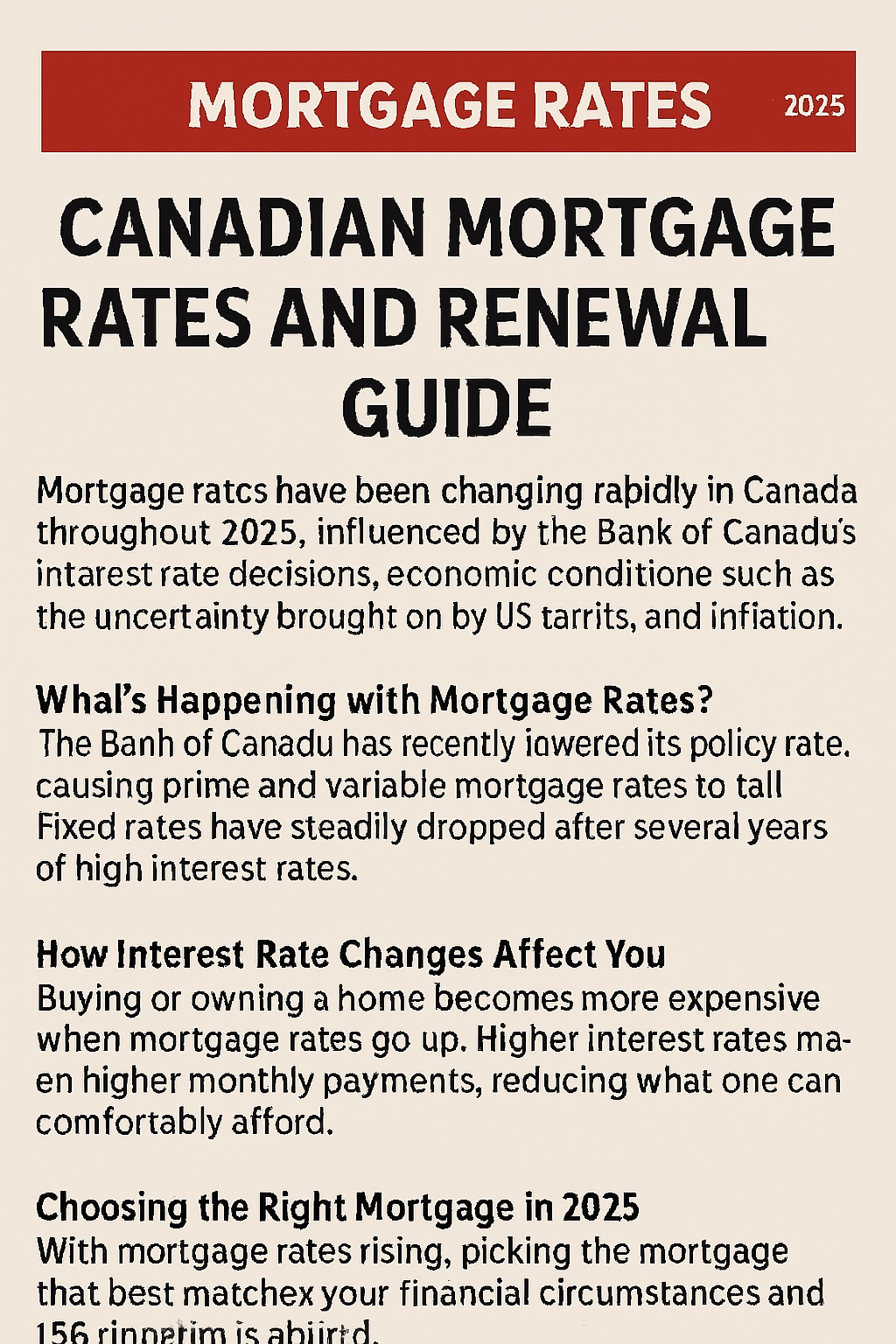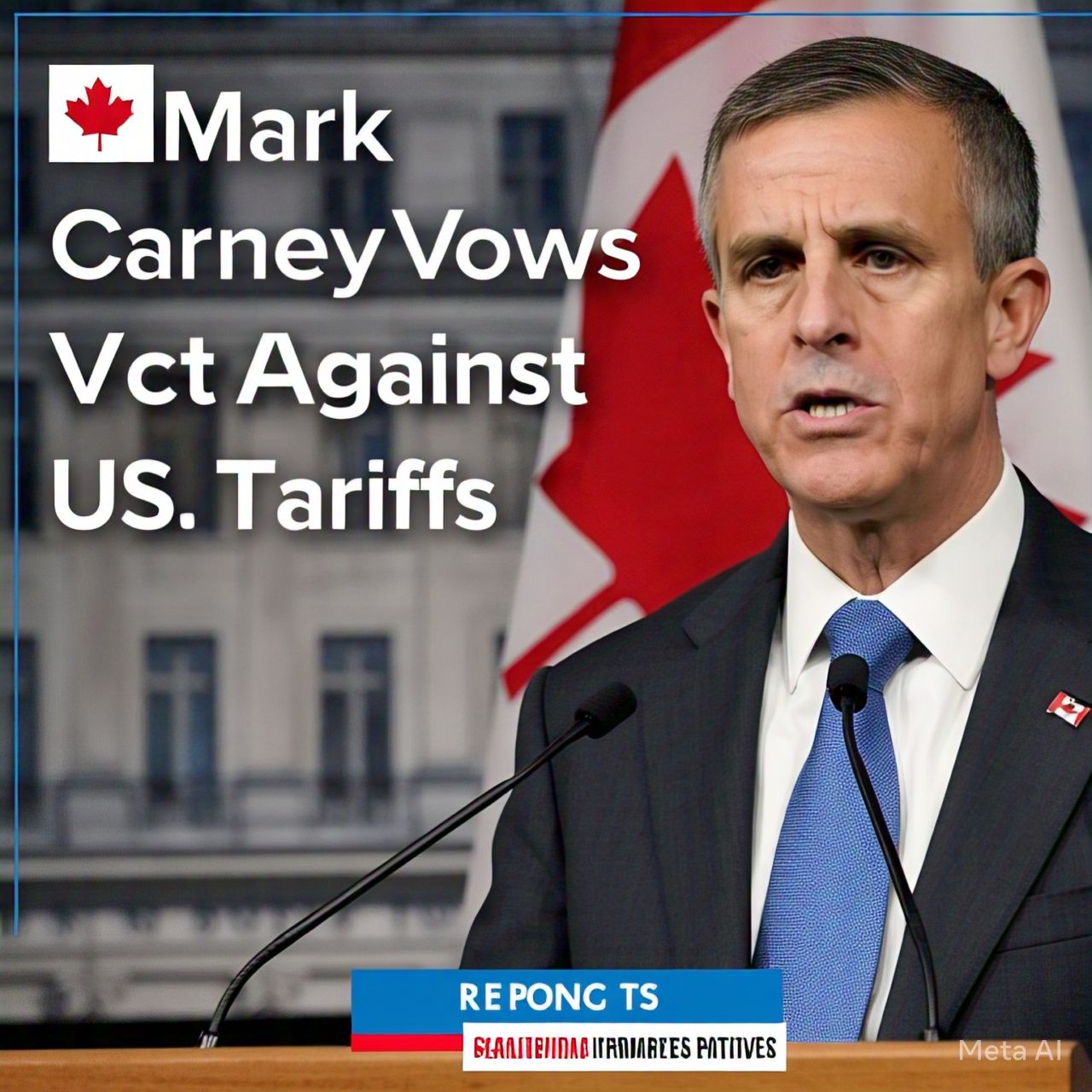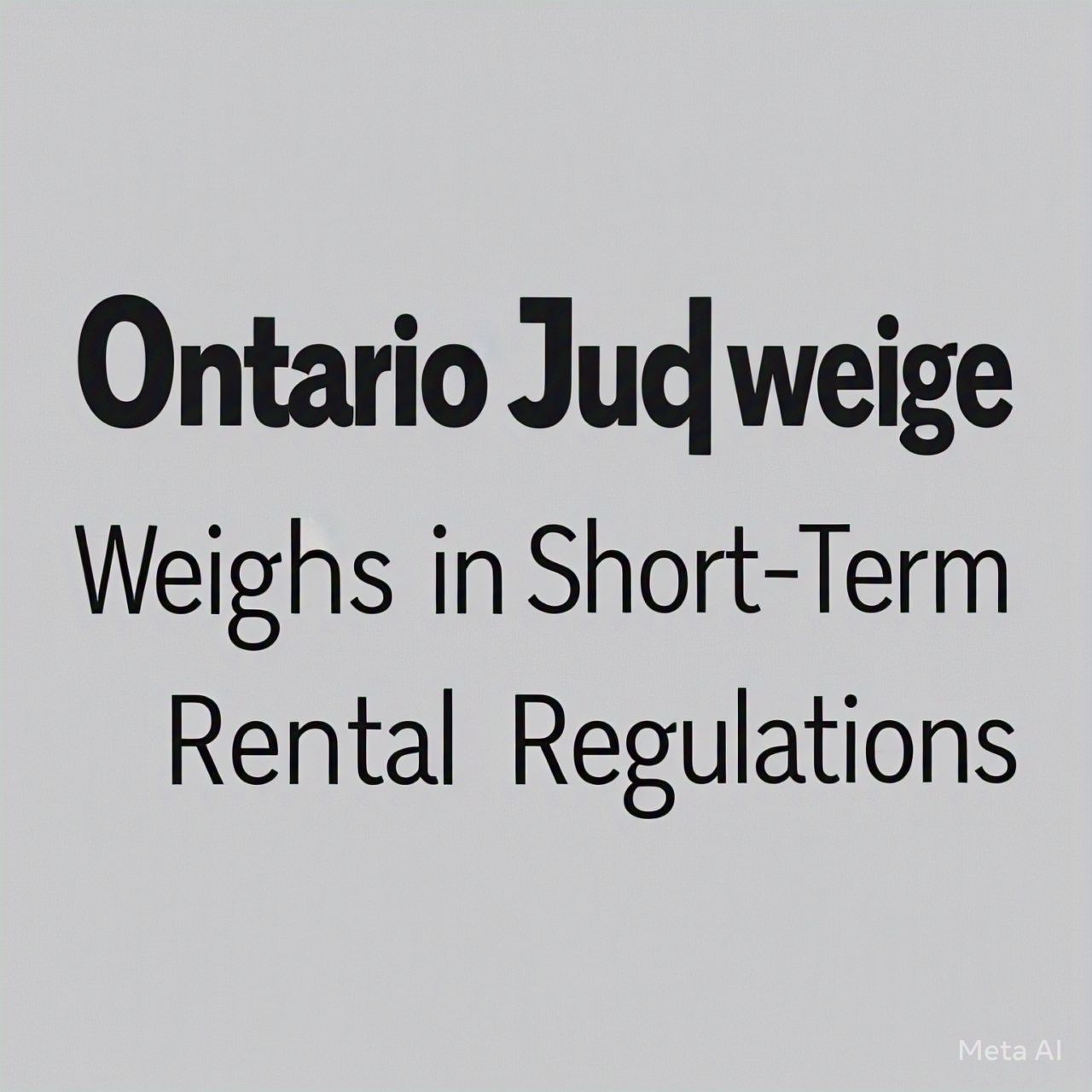Welcome to the unpredictable world of Canadian mortgage rates in 2025—where inflation is nosy, the U.S. is tossing tariff curveballs, and homeowners everywhere are bracing for renewal sticker shock. If you’re staring down a mortgage renewal or eyeing a refinance, buckle in. The winds are shifting.
What’s the Deal with Mortgage Rates Right Now?
In the past few months, the Bank of Canada (BoC) has trimmed its policy rate. The result? A ripple through the mortgage market. Variable rates, which hinge on the BoC’s prime rate, have dipped. Fixed rates—tied to bond yields—have quietly trailed downward too, after spending years in a high-interest-rate holding pattern.
But here’s the twist: while rates are softening, lenders like RBC, TD, BMO, Scotiabank, and their cousins have tightened discounts due to recession jitters and global uncertainty. Today, high-ratio mortgages are floating below 4%, with conventional 5-year fixed rates hovering in the mid-4% range. Variable rates? A hair lower. But don’t blink—they’re fidgety.
Why You Should Care: The Cost of a Rate Hike
Let’s talk numbers—painful ones. When rates climb, so do your payments. That dream home you bought when rates were at 1.5%? Suddenly it feels more like a high-maintenance ex.
If you have a variable-rate mortgage (VRM), your monthly payment stays the same, but the interest-to-principal ratio shifts. More rate hikes? Less of your payment chips away at the principal.
With an adjustable-rate mortgage (ARM), both your rate and your payment can rise. Great if the market behaves. Terrifying if it doesn’t.
Sound familiar? A fictional (but oh-so-realistic) couple—Dave and Liana—locked in at 1.75% in 2020. Now it’s 2025, and their lender offers them 4.59%. Cue the coffee-spitting moment at the kitchen table.
Fixed vs. Variable: The 2025 Dilemma
Fixed mortgages offer predictable payments. No surprises. Ideal if you sleep better knowing your payments won’t play peekaboo with your budget.
Variable mortgages usually start cheaper. But they’re not for the faint-hearted. If rates spike, your wallet takes the hit. Still, some Canadians roll the dice—banking on rates staying tame.
Then there’s the ARM option. Like a variable mortgage with mood swings—your payments adjust with the BoC’s prime rate. You won’t face negative amortization, but budgeting becomes a monthly adventure.
So, what’s right for you? Think about your job stability, appetite for risk, and how often you check mortgage news on your lunch break.
Pre-Approval: Your Secret Weapon
Getting pre-approved isn’t just a box to tick—it’s your shield in a fluctuating market. It locks in a rate, giving you breathing room even if rates rise while you shop.
Picture this: you’re house-hunting, latte in one hand, listings in the other. Suddenly, rates jump. But not for you—you’re pre-approved, sipping smugly while others panic.
The Renewal Reality Check
If your mortgage was signed back when rates were practically giving themselves away, your 2025 renewal might feel like a slap from reality. That’s the renewal payment shock everyone’s whispering about.
To soften the blow:
-
Refinance for a better rate or longer amortization.
-
Consider blended mortgage options (more on that in a minute).
-
Talk to your lender about flexibility, especially if your financial picture has changed.
What If the Lender Says “No”?
Yes, it happens. Missed payments, bad credit, or high debt might push your lender to decline a renewal.
But don’t panic. You have options:
-
Find a co-signer or guarantor.
-
Improve your credit score (yes, fast-tracking this is tricky, but doable).
-
Downsize or move to alternative lenders who work with lower credit profiles—though you’ll pay higher rates.
Federally regulated lenders must give 21 days’ notice if they won’t renew. So, at the very least, you won’t be blindsided.
Beyond Basics: Exploring Other Mortgage Flavors
Open vs Closed
-
Open mortgages let you pay extra or break early, no penalty. Freedom, at a price.
-
Closed mortgages are cheaper but lock you into terms with limited prepayment wiggle room.



